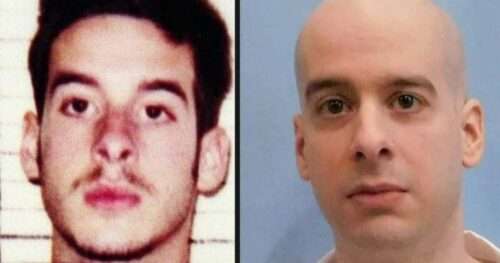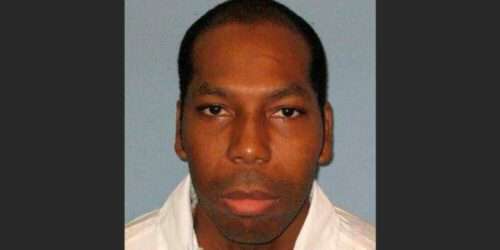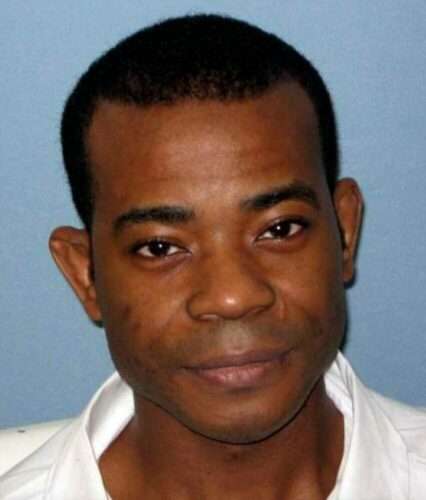Michael Samra Alabama Execution
Michael Samra was executed by the State of Alabama for multiple murders. According to court documents Michael Samra and Mark Duke would murder Randy Duke, his fiancée Dedra Mims Hunt, and her two daughters, 6-year-old Chelisa Nicole Hunt and 7-year-old Chelsea Marie Hunt. Michael Samra who was 19 at the time was sentenced to death. … Read more



